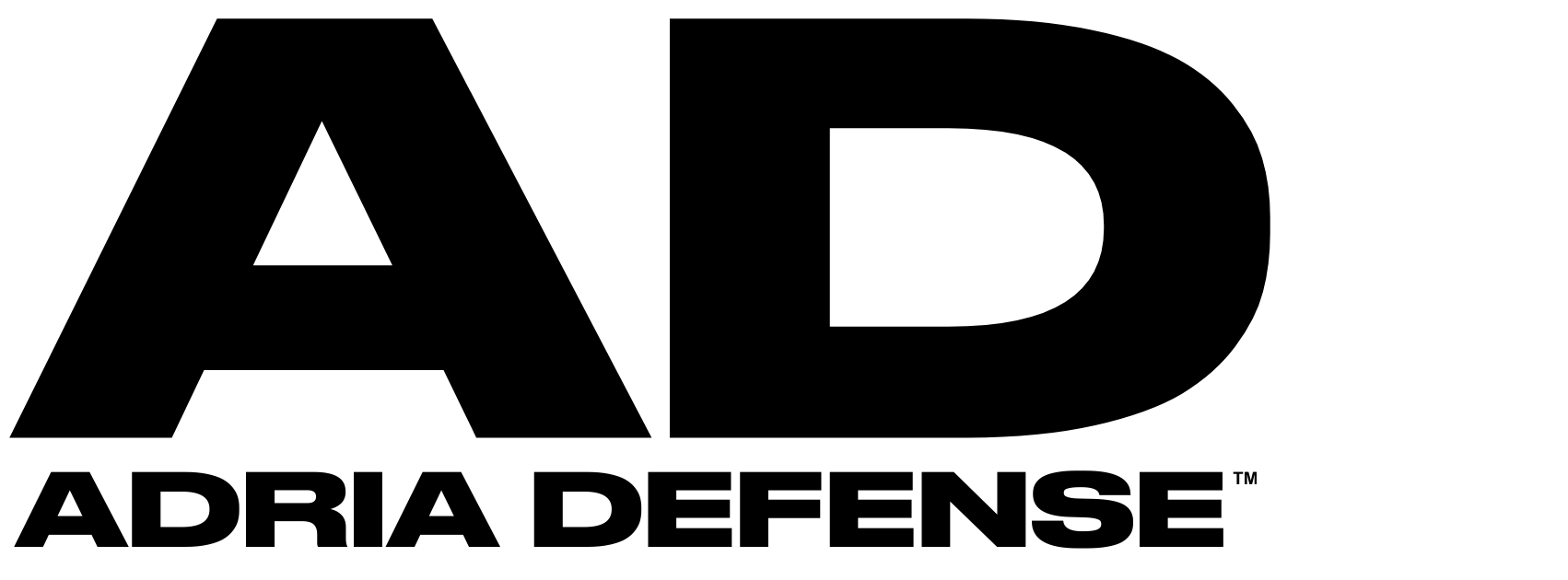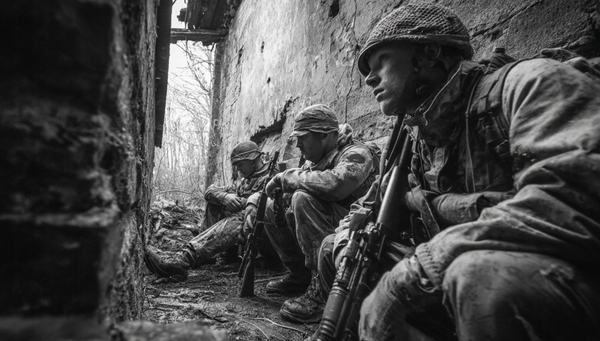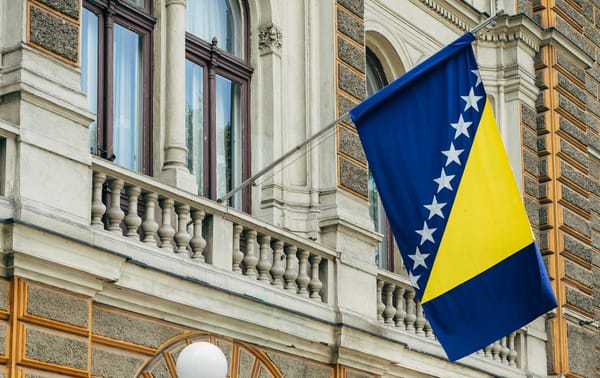NATO Leaders Approve Historic Increase in Defence Spending to 5% of GDP by 2035
The decision marks a major shift in Allied defence policy, aiming to strengthen deterrence, resilience, and transatlantic industrial cooperation.

THE HAGUE – NATO member states have agreed to a significant increase in defence spending, committing to allocate 5% of GDP annually by 2035, up from the current 2% target. The decision was announced at the conclusion of the NATO Summit in The Hague, held on 24–25 June, and was described as a “decisive step” toward ensuring the Alliance’s effective deterrence and defence posture.
NATO Secretary General Mark Rutte said the new defence investment plan reflects the Alliance’s recognition of long-term security threats, particularly from Russia, and the need for sustained investment in core defence capabilities and critical infrastructure.
“This plan is crucial to ensuring that NATO remains ready and capable in a changing security environment,” Rutte said, emphasizing that European Allies and Canada must shoulder a greater share of responsibility for their own defence.
During the summit, U.S. President Donald Trump welcomed the decision, calling it a “major leap” from the previous 2% goal.
“I’ve been asking them to go up to five percent for years, and now they’re doing it. It’s a big step,” he stated.
This summit marked Trump’s first attendance since returning to the presidency and Rutte’s first as NATO’s Secretary General.
Key Details of the Spending Plan
The Summit Declaration outlines a comprehensive framework for the new target:
- 3.5% of GDP will be dedicated to core defence requirements, including modernization, readiness, and NATO Capability Targets.
- Up to 1.5% of GDP will be invested in critical infrastructure protection, cyber defence, civil preparedness, innovation, and strengthening the defence industrial base.
Allies will submit annual plans showing a credible path toward the 5% target, with progress to be reviewed in 2029 in line with the evolving strategic environment.
The declaration also reaffirms Allies’ commitment to support Ukraine, stating that direct contributions to Ukraine’s defence and its defence industry may be counted within the 5% framework. The document further pledges to expand transatlantic industrial cooperation, remove defence trade barriers, and promote innovation across NATO’s industrial ecosystem.
Western Balkans Perspective
Although the Western Balkans were not explicitly mentioned in the Declaration, Rutte stressed that NATO remains deeply concerned about the region.
“We are closely monitoring the situation. NATO maintains KFOR in Kosovo and supports EUFOR in Bosnia and Herzegovina. We continue to engage with regional leaders to ensure stability,” Rutte said.
Regional representatives, including Albanian Prime Minister Edi Rama, Montenegrin President Jakov Milatović, and North Macedonian President Gordana Siljanovska-Davkova, participated in the summit.
Rama noted that discussions focused on NATO’s ongoing role in the Western Balkans and the development of the New Port of Durres, envisioned as a strategic military terminal.
Milatović welcomed the 5% decision, calling it “crucial for strengthening NATO’s collective defence capabilities and safeguarding citizens and economies.”
Looking Ahead
The 5% commitment represents the largest coordinated defence spending increase in NATO’s history and signals a new era of strategic investment.
The move is expected to boost industrial cooperation, technological innovation, and supply chain resilience, while reinforcing NATO’s collective deterrence across Europe and beyond.





